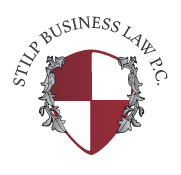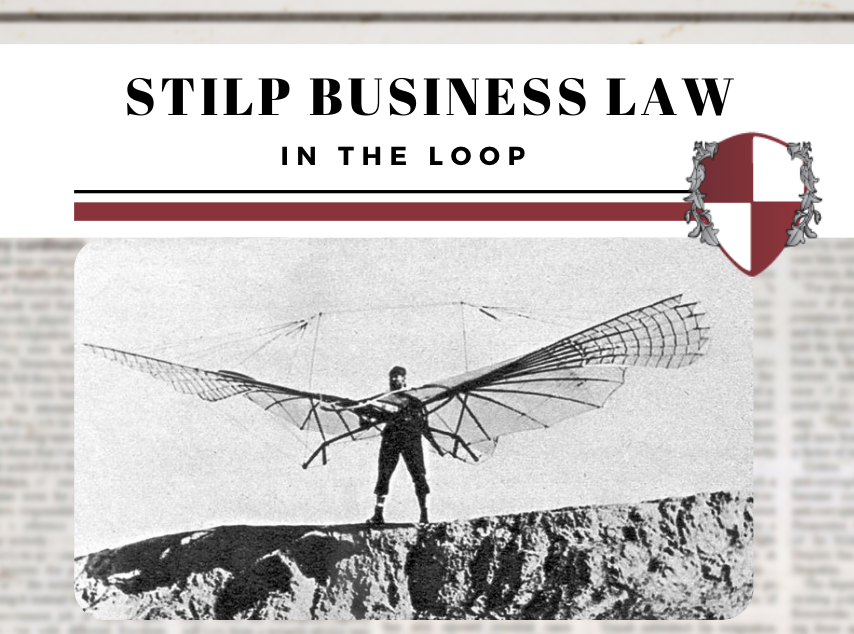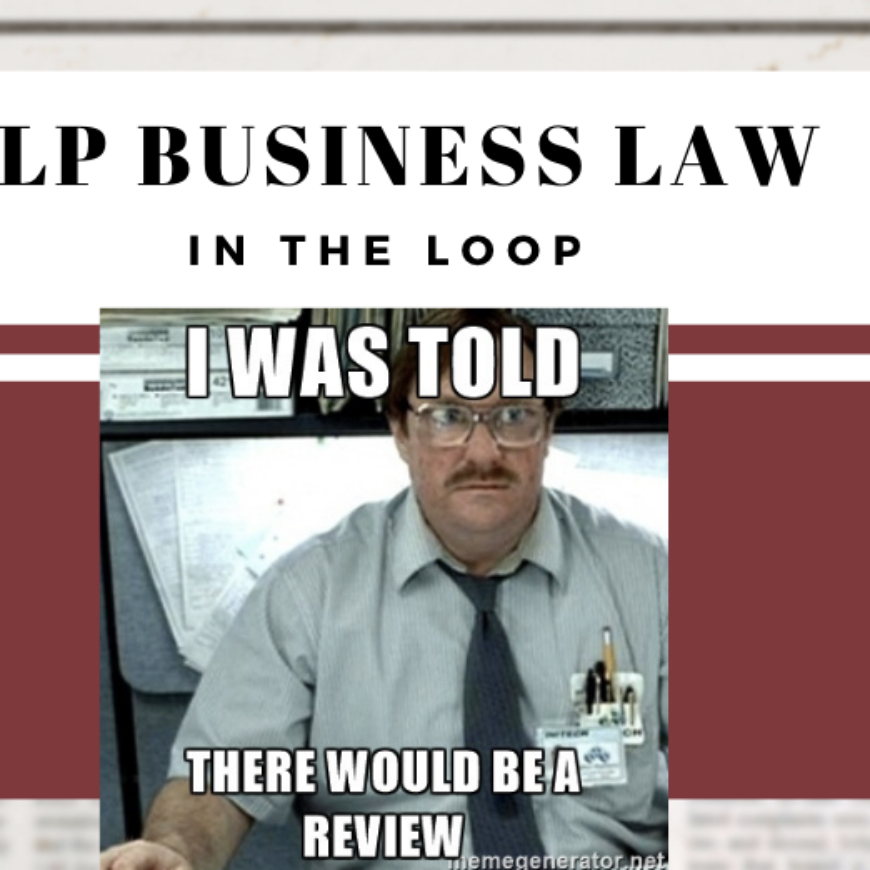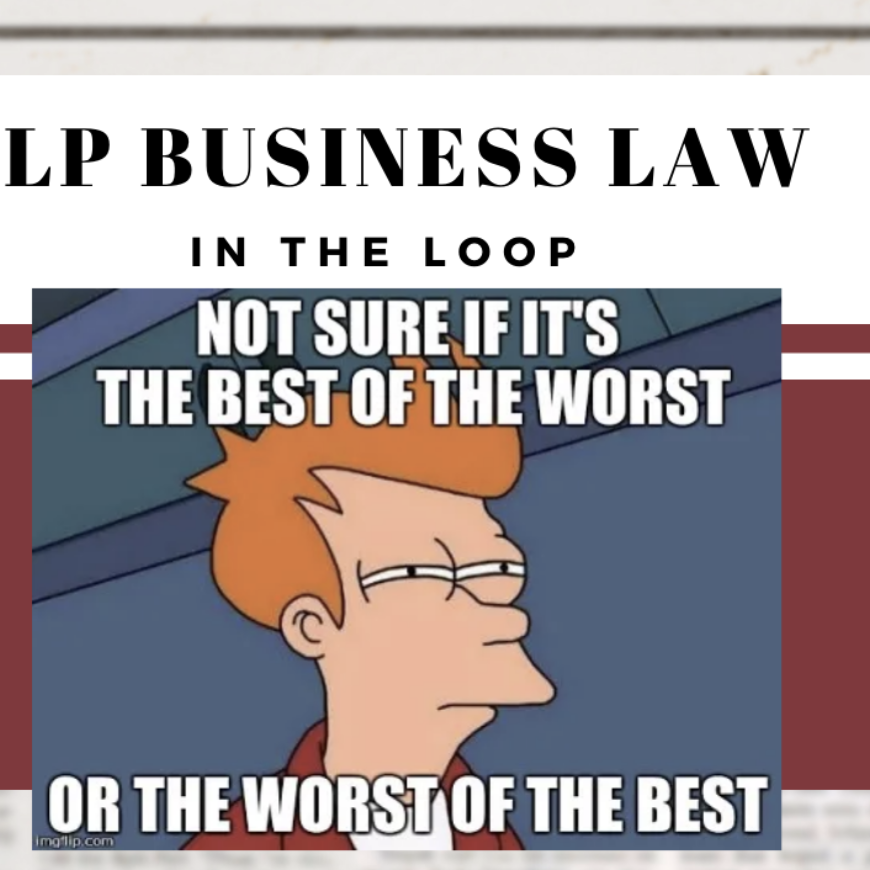Tom Stilp, JD, MBA/MM, LLM, MSC
In law, causation follows a complex set of rules considering “causation in fact” and “causation in law.” In proving causation, lawyers focus on a number of elements. A case is successful when the client helps with “causation in fact” issues.
But causation in fact can be tricky. In a humorous example, consider the history of people’s attempt to fly. (This example is taken from C. Christensen et al., “Why Hard-Nosed Executives Should Care About Management Theory,” Harvard Bus. Rev. Sept. 2003.)
Early researchers observed strong correlations between being able to fly and having feathers and wings (in statistics, for example, being able to fly is the “y” or dependent variable and having feathers and wings are the “x” or independent variables that manipulate the y variable, that is, being able to fly).
The researcher says, “Because such a large percentage of things with wings and feathers can fly when they flap, I will be able to fly if I make wings with feathers, strap the contraption to my arms, and flap away as I jump off this cliff.”
The result? Not so good.
When humans attempted to follow the “best practices” of the successful flyers by strapping feathered wings onto their arms, flapping hard and jumping off cliffs, they were not successful because as strong as the correlations were (creatures having feathers and wings were able to fly), the “causation in fact,” that is, the mechanism of flight, was not understood.
Many lawyers do a poor job of explaining causation and correlation to their clients. In statistics, data point “A” and data point “B” may be factually “correlated,” in other words, “A” may influence “B,” but statistics does not say that “A” causes “B”. There is no “causation in fact.”
![]()
A good lawyer is able to explain the difference to a jury. We have taken over 150 cases to trial. Before your case goes to trial, understanding these concepts will make your case stronger and your lawyer a partner in resolving your dispute.



